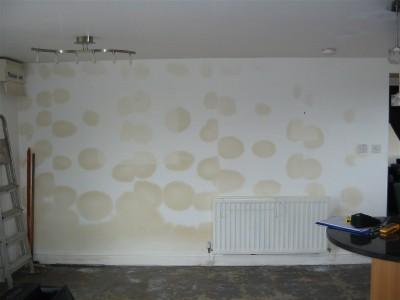- Joined
- 1 May 2018
- Messages
- 2,218
- Reaction score
- 742
- Country

....and after 440 pages of theory, the writer of the Salford report carried out a real-world experiment and wrote in his conclusion "If I am critical, however, I do recognise the limitations of this study: it was, after all restricted to a single house of a particular type and occupation"
and THAT is the truth of it!!! and why there is such controversy. I'll stick to my own theories and remedies which have worked well in my own 1902 house, and they don't include "damp" treatments.
What happens in one properly can be different to another.
and THAT is the truth of it!!! and why there is such controversy. I'll stick to my own theories and remedies which have worked well in my own 1902 house, and they don't include "damp" treatments.


